Practise breaking down words with 4 phonemes into their sounds with this set of 18 task cards.
The act of “sounding out” words seems simple enough.
But when teaching students how to listen as they read, consider how much they are doing at one time. They have to:
- Identify the letters themselves
- Remember the specific sound the letters make
- Be aware of letters with multiple sounds
- Decode individual letter sounds, and those that are silent or blended
It’s a lot!
That’s why teaching students how to break words up into sounds (phonemes)—to be able to blend phonemes to decode the whole word. This is the key to building the phonological awareness skills they’ll use to become fluent readers.
In our Break It Up! 4-Phoneme Segmentation game, students will be breaking down words into their 4 sounds by placing blue cubes for consonants and red cubes for vowels in the correct phoneme circle.
Build Reading Accuracy by Breaking Down Words into Sounds
To play, the student will identify the word as written or by its picture. Then they will break the word up into its 4 phonemes. Using blue cubes for consonants and red cubes for vowels, students will sound out the word by placing each phoneme in a circle.
Phonemic Segmentation with 4-Phoneme Words
Check out additional ways to use these task cards and dive into how to segment a word.
Draw It!
This activity can also be used as a formative assessment. Give students their own set of blue and red cubes and ask them to take out a sheet of paper. Project a picture card on the board for the whole class to see. Have the students identify the word, and break it into its phoneme segments using the cubes. Then, have the students write the word on their paper, draw a line between each of the 4 phonemes, and draw a picture for the word.
Scoot Activity
Place the cards on desks around the room with blue and red cubes at each station. Assign student pairs and direct each to a card to start. Give students an appropriate amount of time to read the word on the card and segment it into its phonemes, and then say, “SCOOT.” At this time, the students will rotate to the next card. Continue in this manner until students have made it through all of the cards.
Change the Difficulty Level if Needed
After breaking each word down by phonemes, have students put the words in alphabetical order. They can also practice their word families by producing a rhyming word for each card.
If you have students who are struggling with the concept, encourage them to use a visual reminder, like an alphabet display that differentiates consonants and vowels.
Easily Prepare This Resource for Your Students
Print the task cards on cardstock for added durability and longevity. Place all game parts in a folder or large envelope for easy access.
Before You Download
Use the dropdown icon on the *Download button to choose between the PDF or Google Slides version of this resource.
*The Google Slides version includes 2 versions—1 with words and 1 without; For PDF, please choose the version you prefer (with or without words) before downloading.
We’ve got more phonological awareness games and activities to turn every one of your students into confident readers!
This resource was created by Lindsey Phillips, a Teach Starter Collaborator.
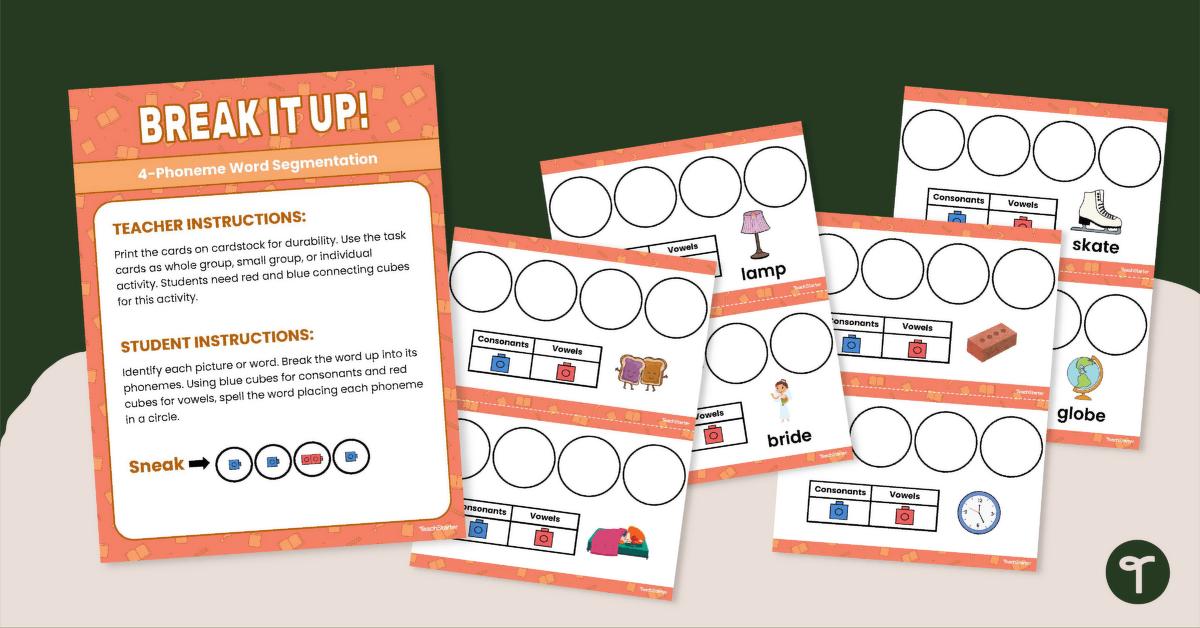

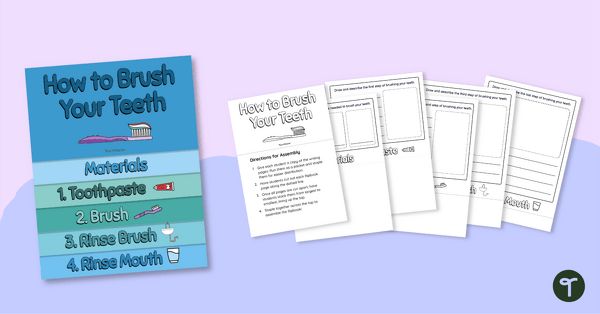
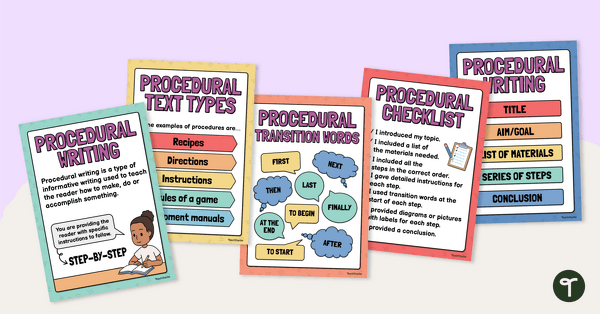
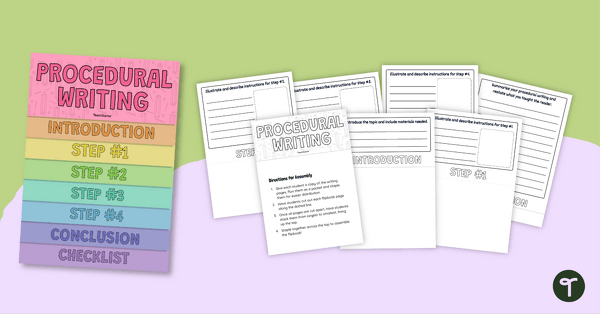
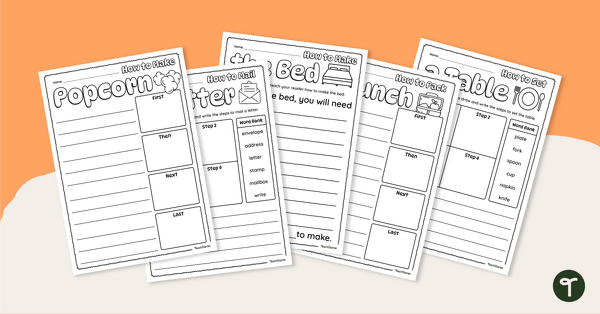

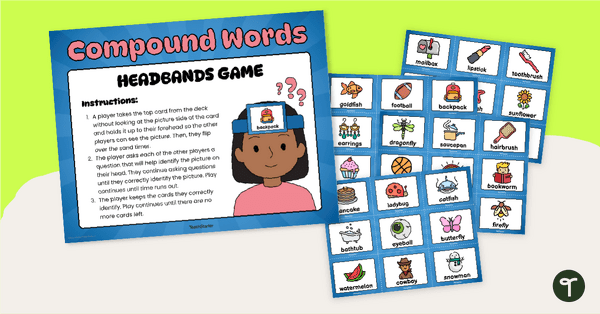
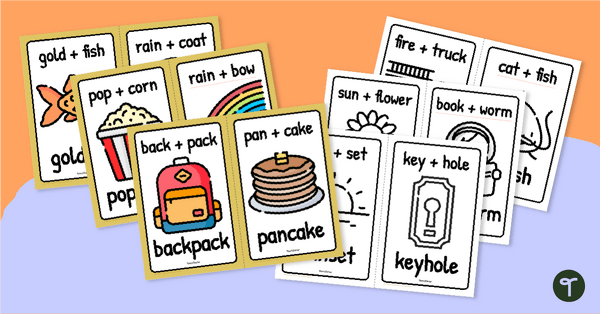
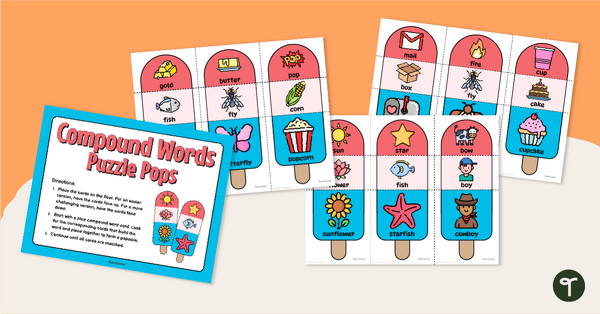
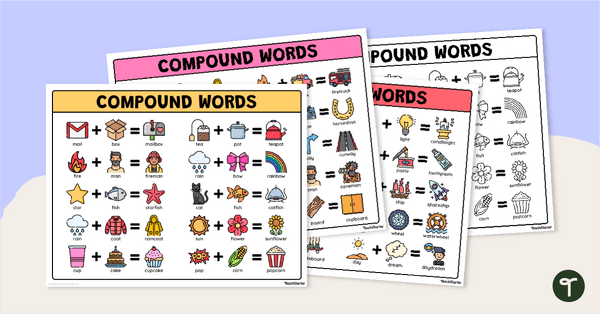
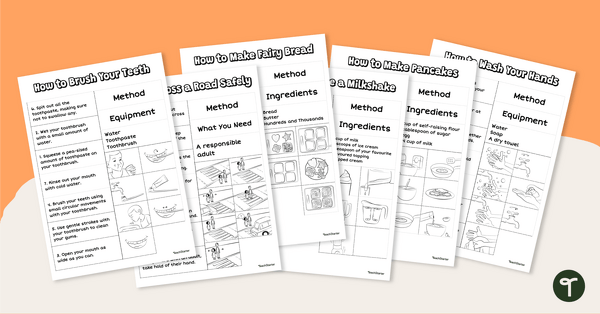
0 Comments
Write a review to help other teachers and parents like yourself. If you'd like to request a change to this resource, or report an error, select the corresponding tab above.